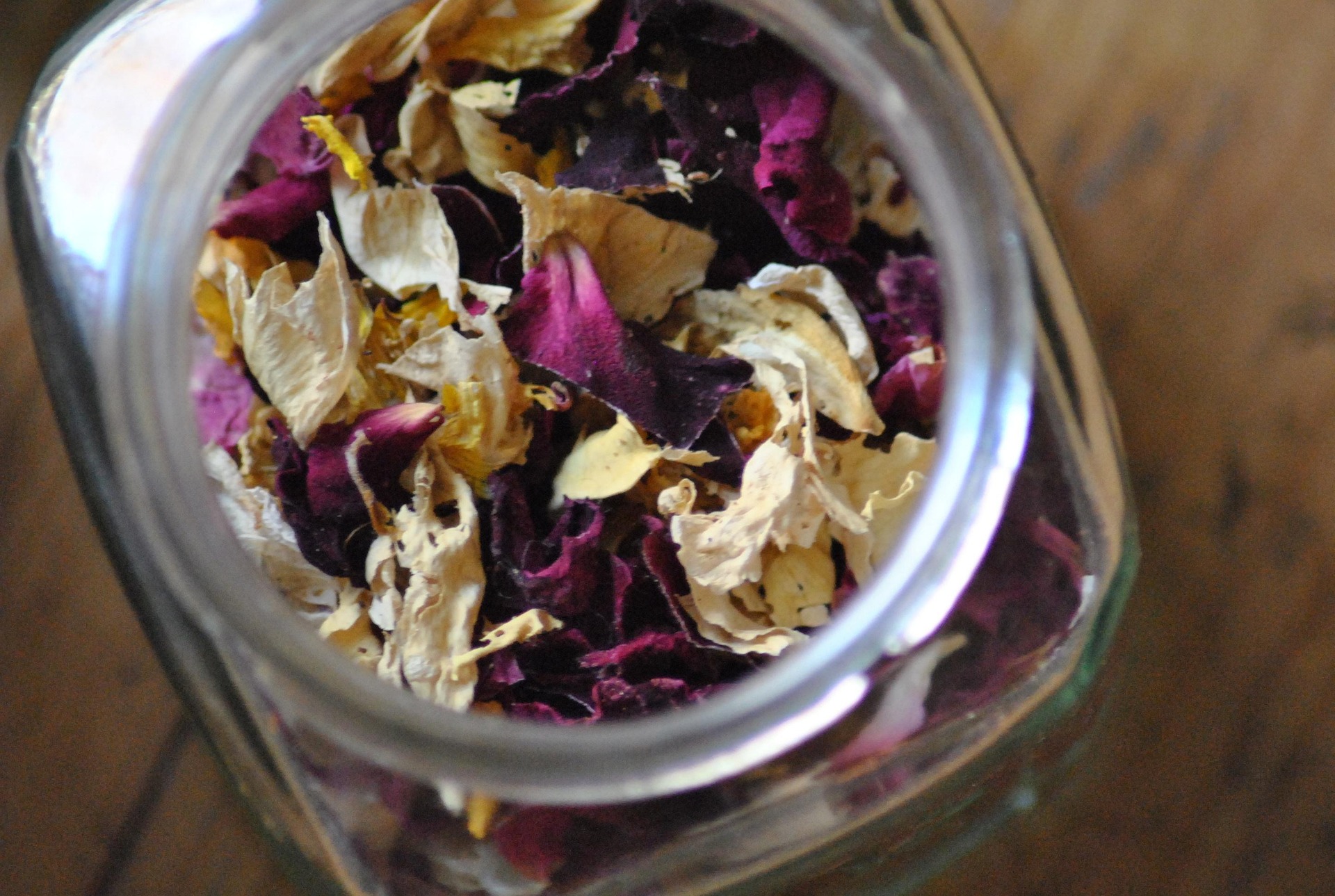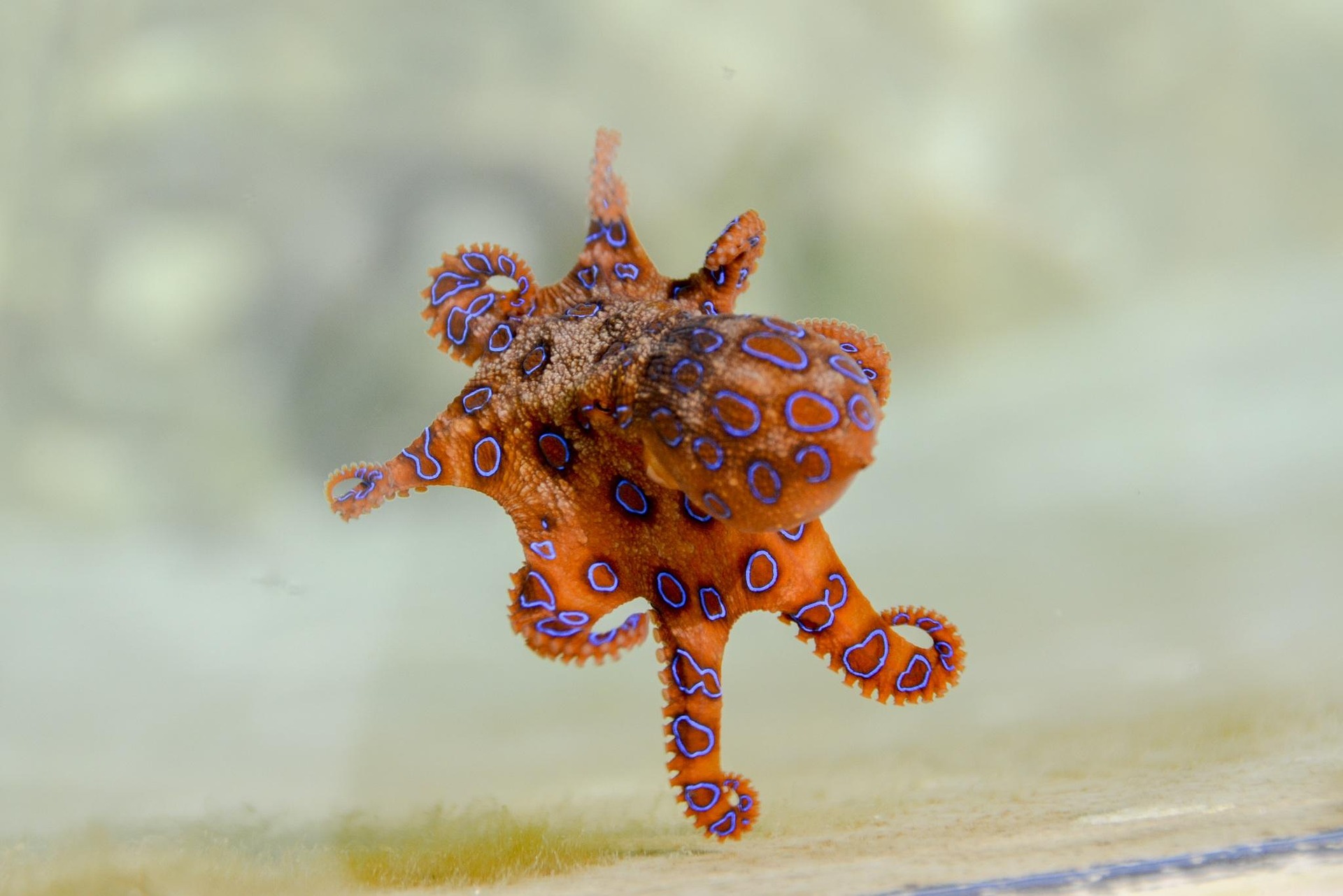Edible Flowers: The Blooming Trend Sweeping U.S. Gastronomy
America's kitchens and cocktail bars are bursting into bloom. Edible flowers, prized for their unique flavors and vibrant hues, are leaving the garden and finding their way onto plates and into glasses across the country. Join us as we explore this flourishing trend.
A Fresh Take on Flavor and Aesthetic
Edible flowers are more than just decoration; they pack a flavorful punch. From the peppery bite of nasturtiums to the cool cucumber flavor of borage, edible flowers bring a new dimension of taste to dishes and drinks. The aesthetic appeal of these botanicals, with their vivid colors and captivating form, elevate culinary creations to artistry.
Trending: Edible Flowers in Mixology
American mixologists are incorporating edible flowers, creating visually dramatic cocktails with a complexity of taste. Blooms, used as garnishes or infused into spirits, add unique floral notes. The Night Blossom cocktail, infused with hibiscus and adorned with edible violets, has become an instant sensation in upscale bars from New York to L.A.
Flower-Powered Cuisine
Not just limited to cocktails. Edible flowers are also transforming the culinary landscape with their bold tastes and eye-catching visuals. Renowned chef Alice Water’s dandelion crown salad with pansy vinaigrette and the widely popular lavender ice cream are notable examples. More than just a trend, it poses an opportunity for sustainable and seasonal dining, as flowers are commonly sourced from local farms or even grown in home gardens.
The Rise of Floral Gastronomy
With the rise of this trend, it’s clear that the future of U.S. gastronomy could be flower-powered. Culinary schools and food science programs are increasingly acknowledging its importance by teaching ways to include flowers in recipes. It’s an engaging form of culinary innovation that’s equal parts flavor and aesthetic, and its ability to constantly reinvent itself is why it’s flourishing.
Tips & Suggestions
- Selecting Edible Flowers: More colorful doesn’t necessarily mean tastier. Know your flowers before you eat them.
- Storing Edible Flowers: They are fragile. Store in a damp paper towel inside a refrigerated container.
- Cleaning Edible Flowers: Riney under cool water. Pat dry gently using a paper towel.
- Comparison with Herbs: Some edible flowers like thyme and dill offer a more gentle taste than their leafy counterparts.
Culinary innovations like edible flowers redefine the dining experience by adding aesthetic appeal and distinct flavors. As American palates continue to seek out the new and unique, there’s no doubt that flowers will continue to bloom across the culinary landscape. It’s a trend that marries tradition with innovation, and the results are nothing short of spectacular. So, the next time a vibrant petal garnishes your meal or cocktail, remember: it’s not just decoration, but a manifestation of the beautiful evolution of culinary arts.





